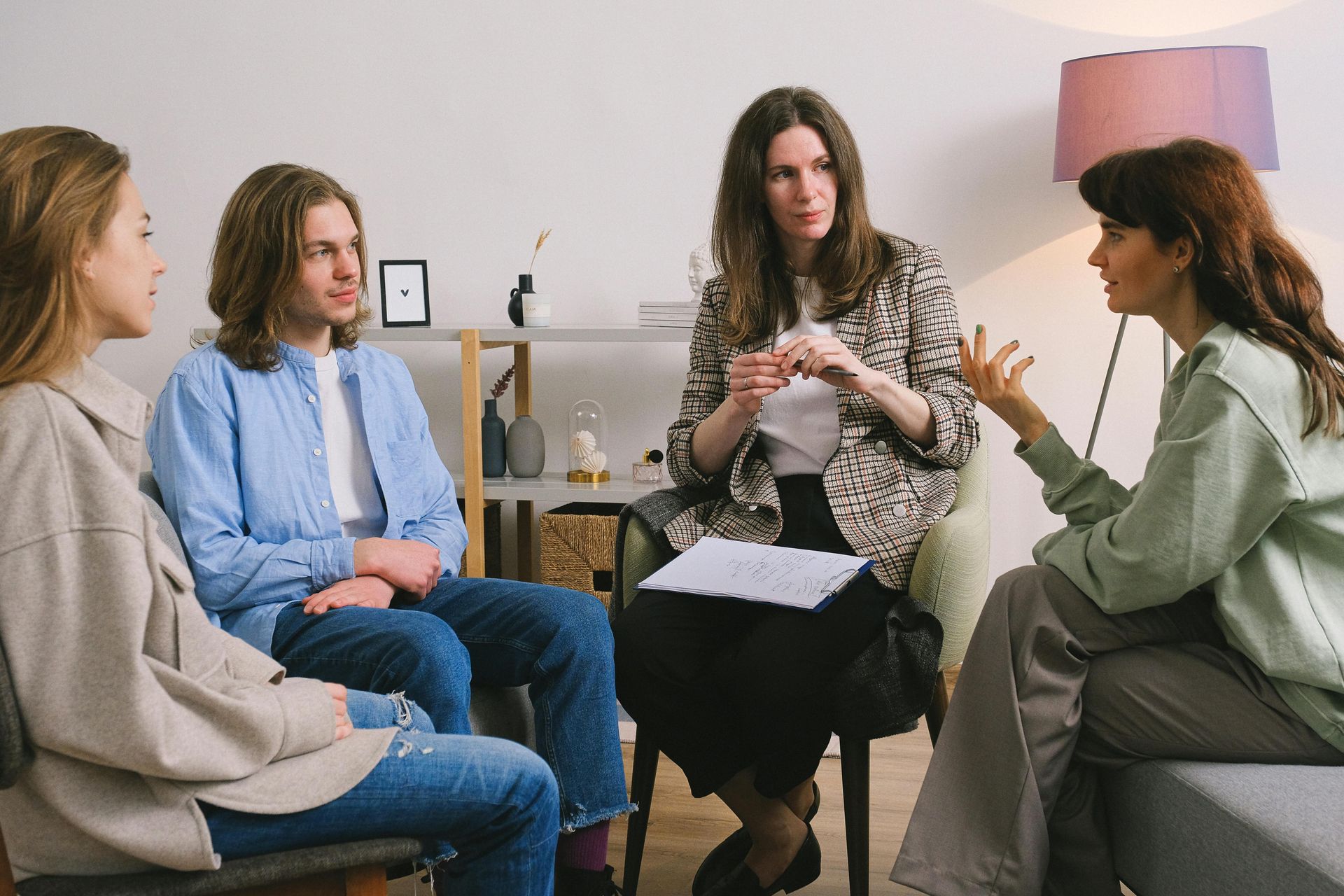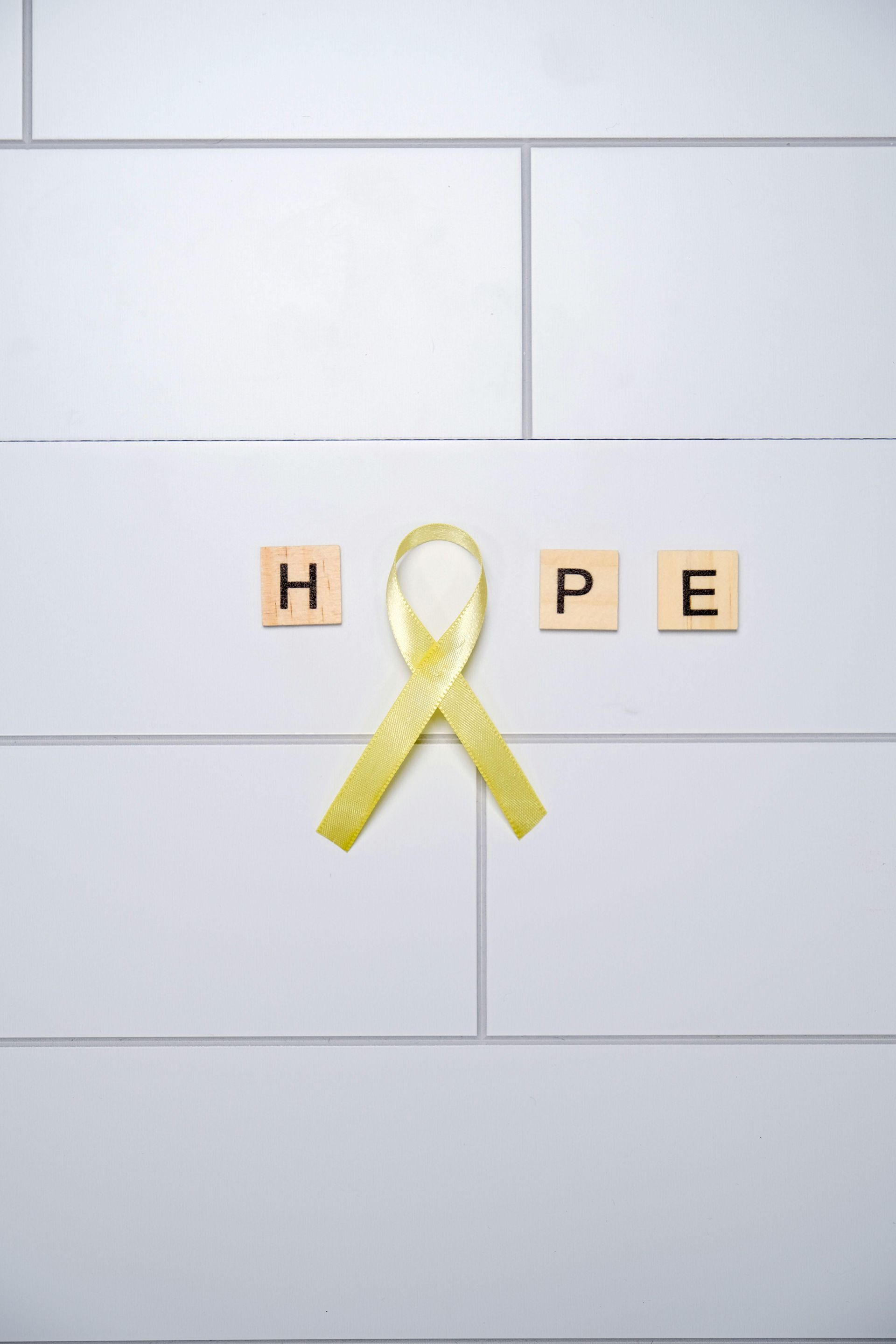Articles on Mental Health, Counselling and Psychotherapy

Gratitude has become one of those words that's easy to say but hard to truly feel. Every November, as the year starts to wind down, we're reminded to "focus on the positives" and "count our blessings". It's meant to be uplifting but for many people, that invitation doesn't land as gently as intended. Because sometimes, gratitude feels complicated. You might know, logically, that you have things to be thankful for - a roof over your head, people who care, moments of comfort. But knowing that doesn't always translate into feeling grateful, especially when life has been heavy. When loss, exhaustion, or quiet disappointments have piled up, "being thankful" can feel more like a performance than a practice. And pretending you're okay when you're not doesn't create gratitude... it creates guilt.

Most of us enter relationships knowing that compromise is necessary. But knowing that and knowing when a compromise has tipped into self-abandonment are two very different things. The difference isn’t always obvious; it often lives in tone, pattern, and context. A single act (e.g. agreeing to visit your partner’s family instead of your own this weekend) could be a healthy gesture of flexibility or a small betrayal of yourself. It depends on what came before, what it costs you, and whether you had real choice.

The importance of our relationship with our parents lasts a lifetime. Whether they gave us a sense of happiness and security or our childhood was marked by pain and difficulty, their influence on our development remains central. In therapy, adults often speak about their childhood experiences: painful episodes, meaningful events, lingering impressions, or moments of confusion and frustration. These fragments eventually form a larger picture, and we begin to speak about the story of our relationship with our parents.

What Parents and Caregivers Need to Know About Their Child’s Mental Health Back-to-School Anxiety Is Real. Don’t Downplay It. Even if your child has always done well at school, it’s a mistake to assume they’ll breeze into September without a hitch. Transitions are hard, even when they’re familiar. And every school year brings a different emotional landscape. A new teacher. A different friend group. More pressure. A body that’s changed over the summer. A deeper awareness of social dynamics. It adds up. Parents sometimes respond with, “You’ll be fine,” or “Everyone has to go to school.” These aren’t cruel responses. They’re often protective. You want to soothe. You want your child to believe in themselves. But if we rush too quickly to reassurance, we miss what they’re really trying to say. Try curiosity instead. “What’s on your mind when you think about going back?” “Is there a part of it that feels heavy?” This allows your child to lead the conversation, rather than defending themselves against your optimism.

What Wedding Season Might Be Stirring Beneath the Surface The sun is shining, the invitations are rolling in, and suddenly every weekend seems booked with showers, speeches, and slow dances. For some, wedding season brings joy. For others, especially those who find themselves in supporting roles again and again, it can stir a quiet, aching question: Why not me? While this phrase might seem lighthearted or even cliché, it can hold a surprising amount of emotional weight. Let’s talk about what’s often left unspoken.








